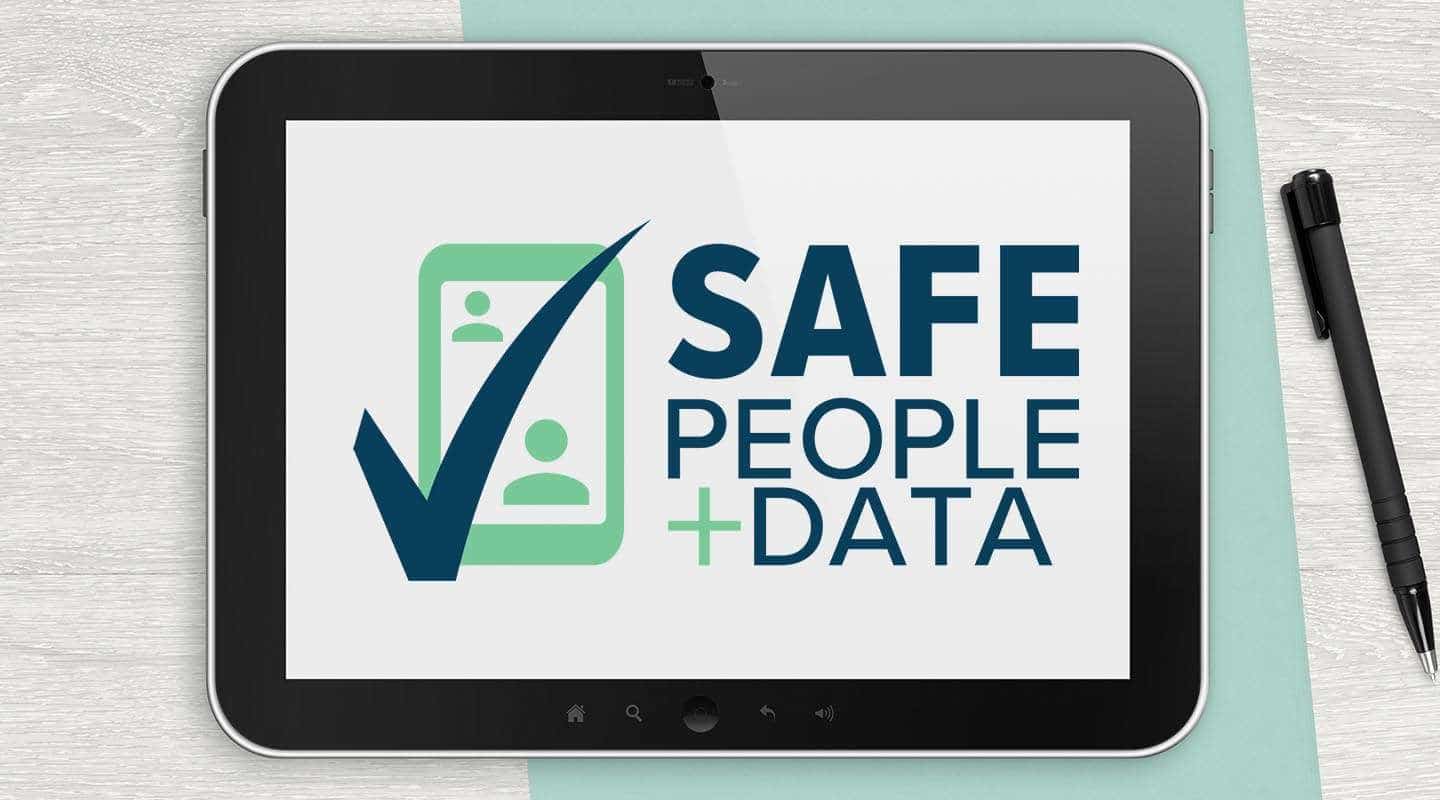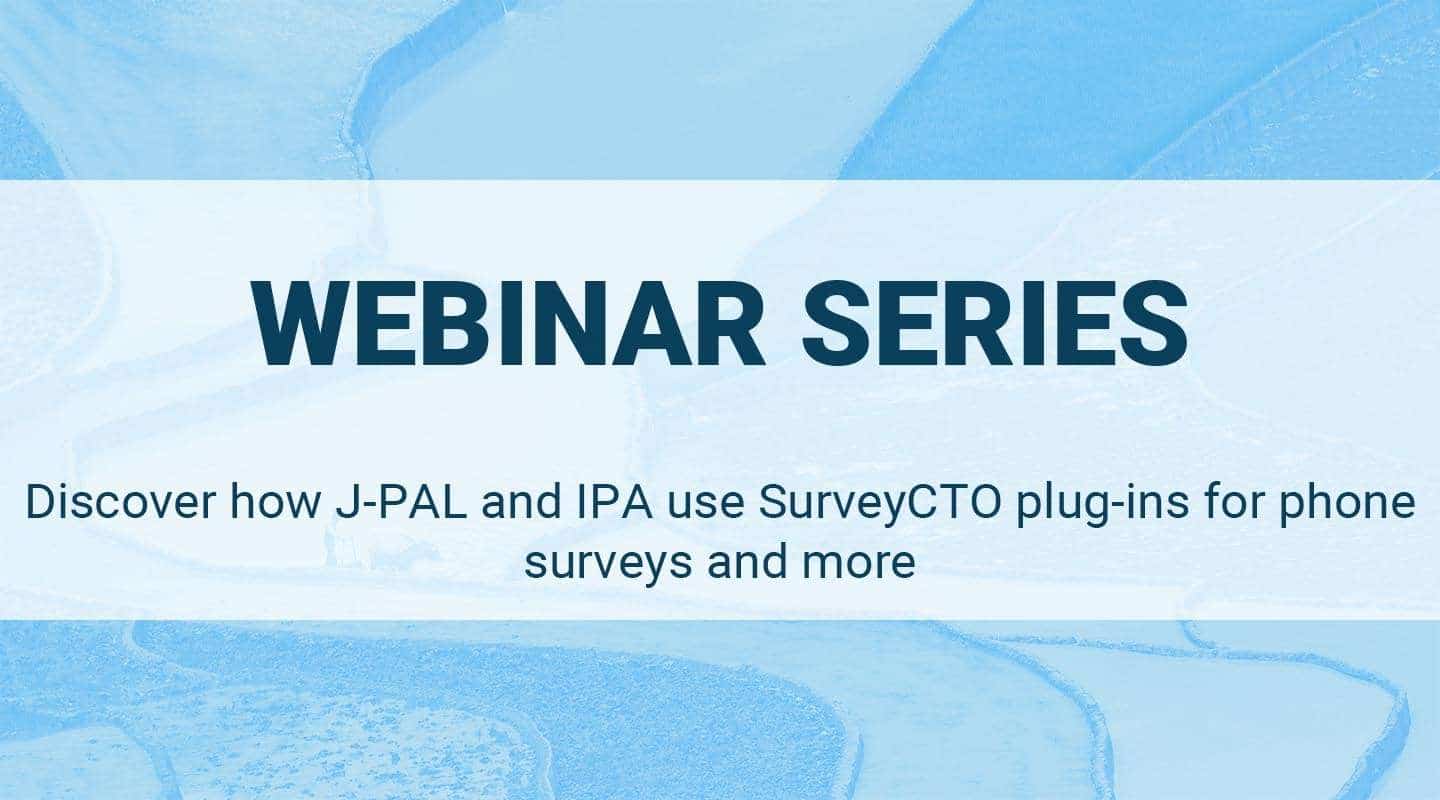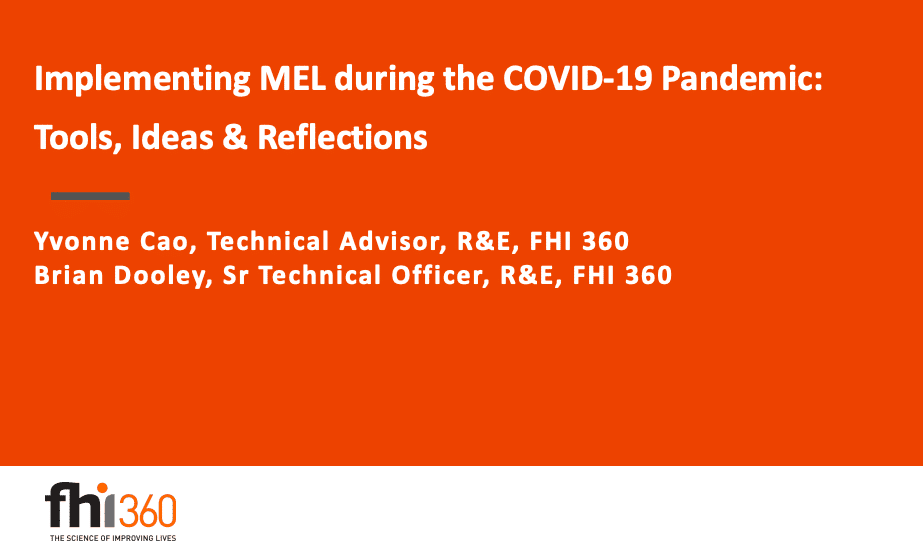The Safe People + Data Initiative
Helping data collection professionals adapt to a rapidly changing world
Much of the world’s vital data has traditionally come from direct observation and in-person interviews. At a time when quality data is needed more than ever to inform policy and programs, the Safe People + Data Initiative focuses on ensuring that data can continue to be safely and conscientiously collected.
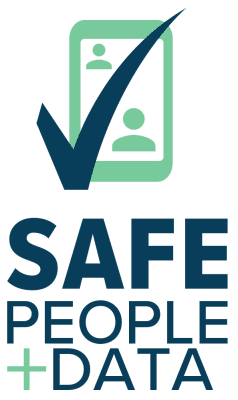
Join the community
Sign up to receive updates on the Safe People + Data Initiative.
What is the Safe People + Data Initiative?
The experience of the COVID-19 pandemic clearly demonstrated how sudden shifts on the ground can jeopardize the safety of the data collection process. It prompted many research professionals to look at data collection methods and how to optimize them in rapidly changing environments.
That’s why Dobility, the makers of SurveyCTO, is leading the Safe People + Data Initiative, a community of like-minded researchers who want to share the experiences and best practices of how teams are adapting data collection methods in the field today. With the support of our generous partners and users in over 165 countries, we are enabling the discussion around how safety-focused innovation is crucial to help research professionals maintain rigorous standards while ensuring data collectors’ and respondents’ safety.
The Safe People + Data Initiative focuses on the benefits of decentralized data collection methods, which have several advantages:
- Adding decentralized data collection methods (such as telephone surveys) in conjunction with in-person interviews can help support data collection in areas that present higher risks.
- Using decentralized data collection methods in conjunction with in-person methods can lower the cost of collecting data and standardize the approach so collection methodologies can be quickly rolled out elsewhere – without compromising on data quality.
- Replacing some in-person interviews with decentralized methods can decrease carbon emissions and assist environmentally conscious research organizations in meeting their carbon footprint reduction commitments.
Here’s what the Safe People + Data Initiative aims to accomplish
- Develop and support safer data collection methods. By using evidence-based policy and practice, data collection professionals can smartly adapt existing tools and methods and develop new, agile, and mixed-method approaches.
- Protect data security and quality and ensure that these areas are not compromised as collection methods quickly evolve.
- Provide a vehicle for discussion, mutual learning, and collaboration about safe data collection by sharing stories of real SurveyCTO users’ experiences, methodologies, best practices, and learnings.
- Support the research and data collection community as they navigate the changing technical and safety needs of decentralized data collection.
Join the Safe People + Data community to get involved
Our network of customers and partners is building this initiative from the ground up. Members of the SurveyCTO community have kindly shared resources, best practices, and results stemming from piloting new methods and using new technologies. The Safe People + Data Initiative brings this community together and builds on those efforts to make these essential resources available to everyone.
Here’s how you can get involved:
- Share your expertise by authoring or co-authoring resources, articles, and guides to add your voice to this community-based initiative.
- Lead topical discussions via webinars, virtual panels, and interviews so you can share your experiences with your peers in the data collection and research industry.
- Engage regularly by participating in events and webinars. Contributing your feedback and insights will help others learn from your experience.
- Develop new tools, pilot new methods, and share the results with the initiative. You can use SurveyCTO to implement a technical solution or integration.
These are just a few of the many projects that are featured in the Safe People + Data Initiative
- IDinsight achieved higher response rates than average in phone surveys in India and Kenya, with 60% responses and a low refusal rate. They share the exact methodologies used. Watch the webinar.
- Learn how USAID is considering and approaching digital data collection. In their first-ever digital strategy, USAID charts four paths for digital data collection projects.
- Why safety matters: A panel discussion. Global leaders in research, international development, and technology discuss approaches to safe data collection while ensuring their work continues to have an impact. Watch the webinar.
- Adapt to the new way of working with computer-assisted telephone interviews (CATI), such as the ones available through SurveyCTO. Learn more.
Overview
Resources
New to SurveyCTO? Use the platform with a free 15-day trial
Join our community mailing list
Sign up to receive the latest updates from the Safe People + Data Initiative, including:
- Case studies that show how developing decentralized data collection methods helps researchers overcome the logistical and safety challenges that they are facing in forever evolving survey environments.
- The newest Safe People + Data webinars, helping you stay up to date with the latest expertise in the area and apply learnings to your own data collection adaptations.
- Community meetings where you can network with and learn from other experts in the field.
- Information about how the latest updates to SurveyCTO can help you decentralize your data collection methods and improve data quality.
Questions about the Safe People + Data Initiative? Reach out at safepeople@surveycto.com.
Real-world examples: The Safe People + Data case studies
Our Safe People + Data case studies show you how people and projects around the world are successfully developing and deploying safer data collection methods to inform policy and implement projects.

Just a call away? Learnings from phone surveys in India and Nepal
Learn how researchers at the International Food Policy Research Institute (IFPRI) dealt with the challenges of conducting phone surveys.
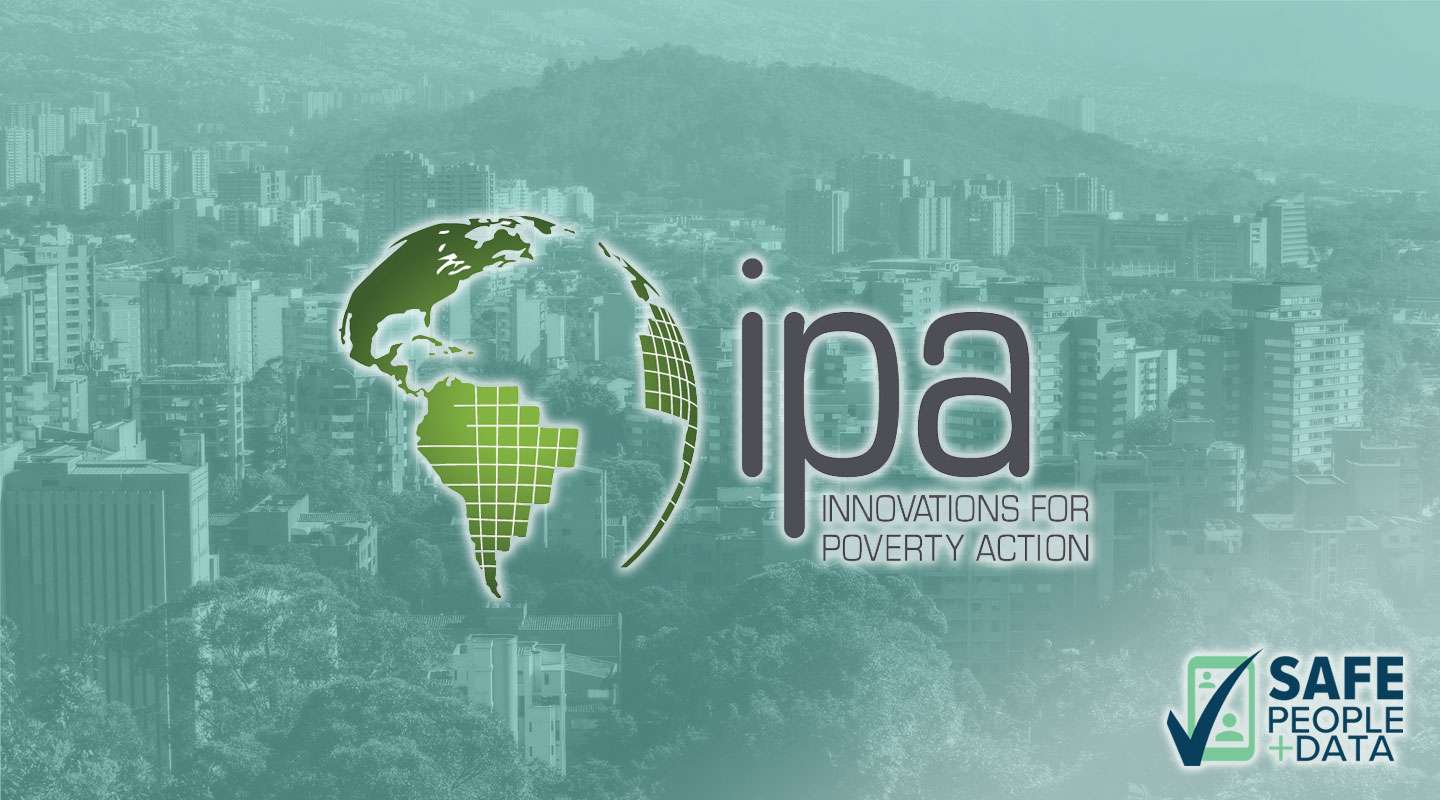
What’s the impact of organized crime on government efforts to fight COVID-19 in Colombia?
Explore how the IPA Colombia team used phone surveys and how they approached data quality during an investigation into the impact of organized crime on COVID-19 prevention efforts.
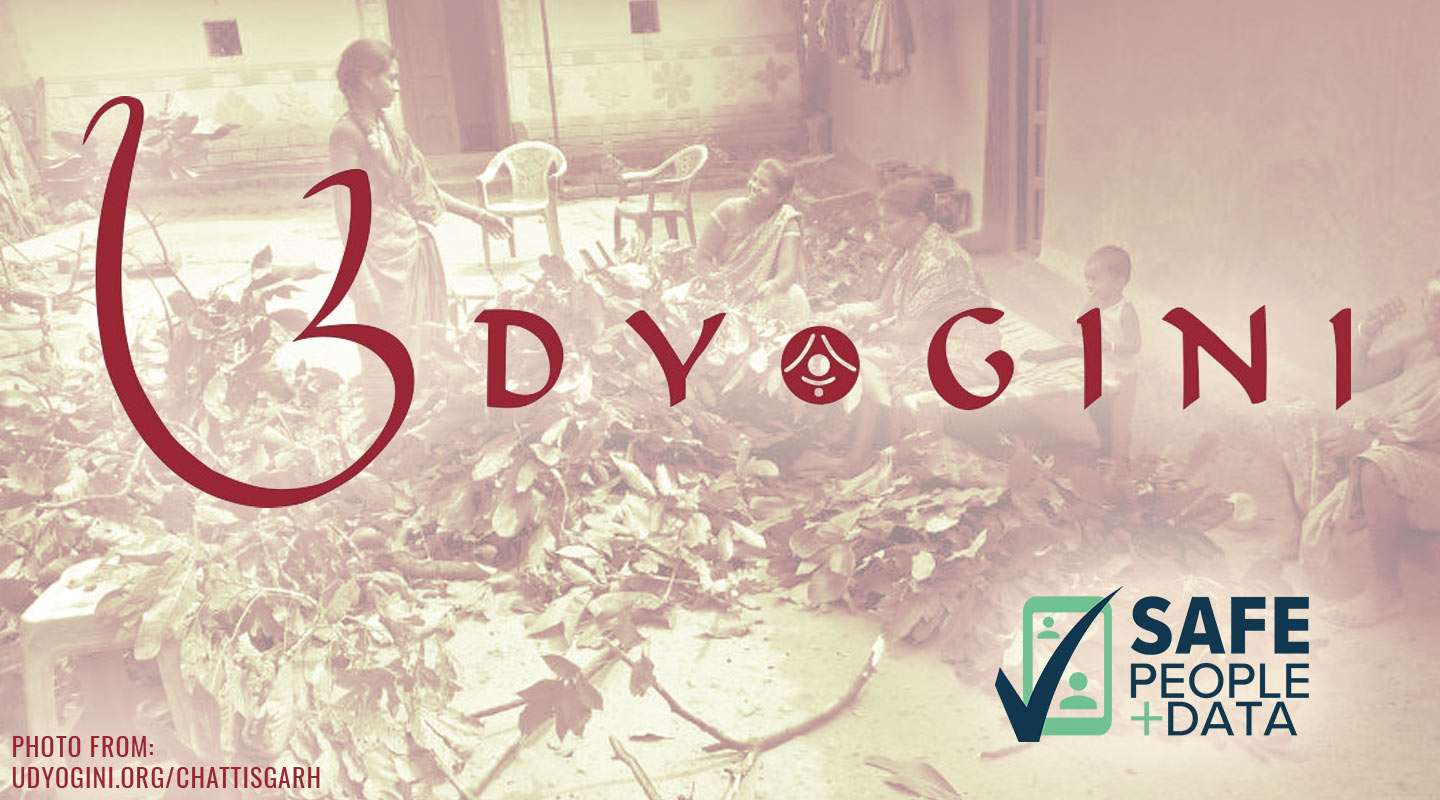
Reaching rural residents: using phone surveys to discover the impact of COVID-19
Learn how Udyogini conducted a series of phone surveys to better understand COVID-19’s impact in five Indian states.
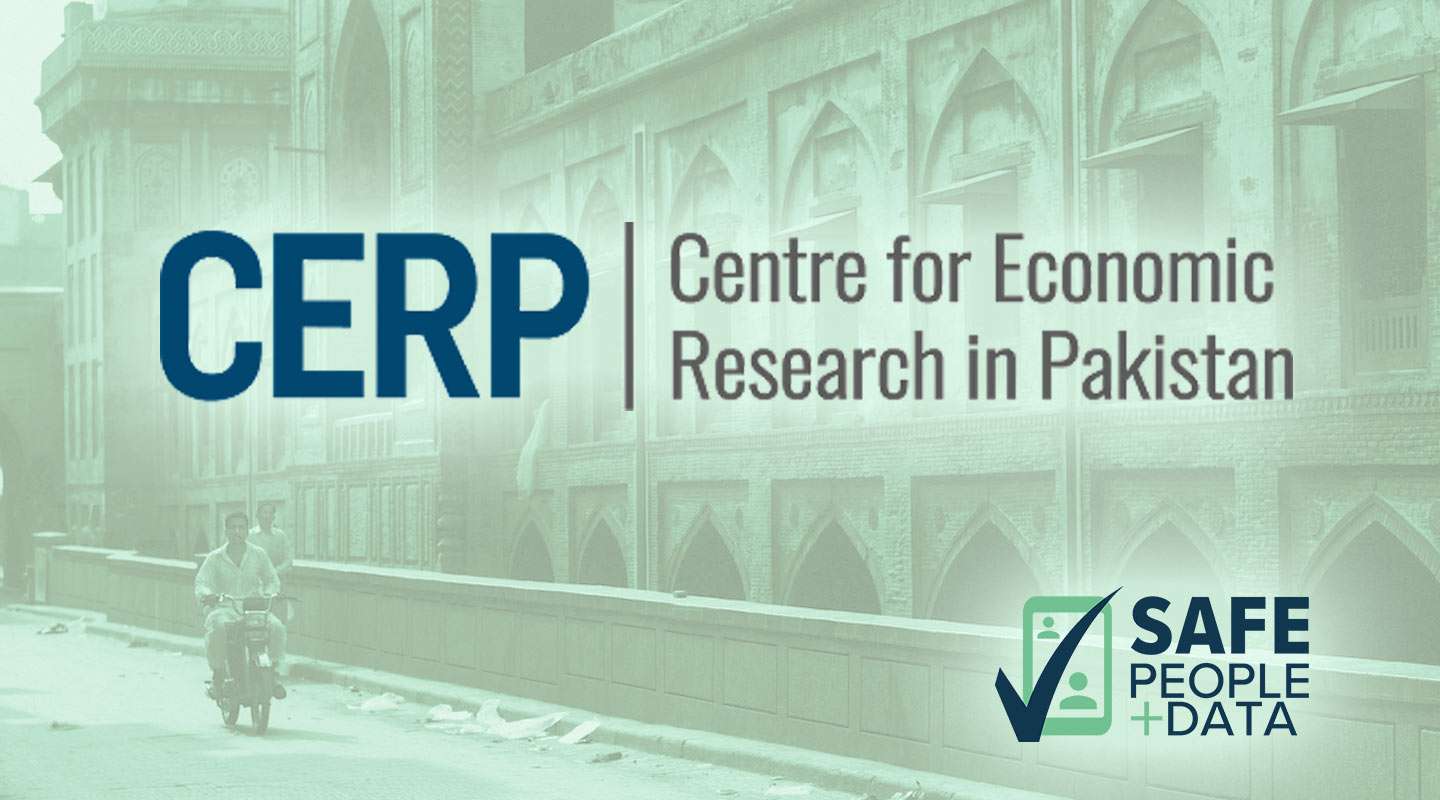
Ensuring quality in remote recruitment and data collection when measuring trust in Pakistan
Explore how The Centre for Economic Research in Pakistan (CERP) conducts phone surveys to measure the impact of citizen trust on fighting COVID-19.

Learn about IPA'S RECOVR survey success
Discover the 7 ways to conduct a successful phone survey just like IPA.

IDinsight's call to action: protect essential workers of the data supply chain
Read this call to action directed at the WHO to help produce guidelines to ensure safety among data workers.

Become fully flexible with Twilio-powered phone surveys
Connect your SurveyCTO forms to launch phone surveys via Twilio for phone number masking, high-quality recordings, and more.
Resources
This section offers methodologies and resources for conducting safer data collection across in-person, remote, and mixed methods
Decentralizing data collection operations
Introduction
In this section, we describe various ways that data collection professionals can adapt and decentralize their frontline operations to reduce the need for travel and in-person interactions. This decentralization can also be used to improve existing remote data collection methods to ensure the safety and security of their frontline researchers
Overview of methods
Computer-assisted telephone interviewing (CATI): Phone surveys, also known as CATI, offer interviewer-mediated research, where enumerators play a critical role in ensuring respondent survey comprehension and completion. CATI can be deployed rapidly, implemented at lower costs than in-person surveys, and capture both qualitative and quantitative data. Although CATI necessitates that respondents have access to mobile phones, it facilitates the collection of data from respondents with low levels of literacy.
Decentralized computer-assisted personal interviewing (CAPI): CAPI is an in-person interviewing technique in which enumerators use tablets, smartphones, or laptop computers to move through interviews and record responses. Decentralized CAPI can overcome traditional processes of travel and in-person training via remote recruiting, onboarding, training, and supervisor accompaniment.
Computer-assisted web interviewing (CAWI): As a self-enumeration method, CAWI, also known as web or online surveys, can be administered widely, quickly, and inexpensively. CAWI is more convenient for respondents than CATI, and can capture more data than SMS surveys, as respondents can complete forms on their own schedule. It can also better facilitate the participation of respondents who are geographically inaccessible or unavailable for in-person interviews. Respondents must be literate and have access to internet-connected smartphones, tablets, or laptop computers.
SMS surveys: SMS surveys facilitate the collection of data from respondents via messaging on mobile phones and can be administered widely, quickly, and inexpensively. They are most effective for short surveys with straightforward questions. Respondents must have mobile phones, phone service, and high literacy levels.
Resources on decentralizing data collection operations
Decentralized operations can reduce the need for travel and in-person interactions via remote recruiting, onboarding, training, and supervision. The following resources offer guidance on these approaches to safer data collection and examples of how global researchers are applying them.
- Learn about Practical Tips for Remotely Training Enumerators from the World Bank.
- Explore challenges of remote enumerator training in this blog post from ICTworks.
- Watch this recording of the “Safety first: Collecting data and protecting people in a global pandemic” panel discussion and view these presentations given by experts from the World Bank Group, Abdul Latif Jameel Poverty Action Lab (J-PAL), and Innovations for Poverty Action (IPA).
- Explore USAID’s guidance on adopting remote monitoring approaches during COVID-19.
- Explore this blog post on Practical and ethical considerations of carrying out qualitative research under lockdown from the London School of Economics (LSE).
- Read this overview on how SurveyCTO can be used for decentralizing data collection operations.
- Learn how to set up remote accompaniment for real-time field supervision of enumerator interviews and practices, as well as for recording interviews for later review.
- Explore new security features and best practices for protecting data collected on enumerators’ personal devices and remotely managing device setup and onboarding.
- Watch this webinar recording to learn how Innovations for Poverty Action (IPA) created a field plug-in to embed YouTube videos into their forms.
- Learn how to request informed consent via SMS messaging for phone surveys using SurveyCTO.
- Read IDinsight’s call to better protect the essential workers of the data supply chain.
- Check out Uganda’s National Guidelines for Conduct of Research During Coronavirus Disease 2019 (COVID-19) Pandemic as developed by the Uganda National Council for Science and Technology (UNCST).
- Explore data analysis strategies for follow-up surveys that have high attrition rates from the World Bank.
Phone surveys (CATI)
Phone surveys, also known as computer-assisted telephone interviewing (CATI), offer interviewer-mediated research, where enumerators play a critical role in ensuring respondent survey comprehension and completion. Tools for conducting phone surveys organize the process of capturing respondent phone numbers, scheduling calls, and recording contact attempt details. The following resources provide guidance on how to use SurveyCTO for safely administering phone surveys, customizing forms and functionalities with field plug-ins, requesting consent, and remotely training enumerators. Additional resources from global leaders in the field offer insights on best practices for conducting phone surveys and transitioning from in-person interviewing
- Browse J-PAL’s best practices for conducting phone surveys and resources for adapting to phone surveys, including tips for adapting forms, reducing attrition, and training enumerators.
- Explore the World Bank’s resource and lesson library on conducting evaluations during COVID-19 and the Development Impact Evaluation (DIME) Wiki for development research guidelines.
- Read 10 Tips for Better Remote Data Collection with Mobile Phone Surveys from ICTworks.
- Explore the SurveyCTO CATI starter kit which offers the most automated and scalable approach to administering phone surveys on the platform and watch this overview video.
- Read CGIAR’S early results on how well phone surveys perform for women respondents in terms of response rates, response bias, and data quality.
- Learn how to request informed consent via SMS messaging for phone surveys using SurveyCTO.
- Explore Four challenges (and solutions) to conducting phone surveys in a refugee settlement from IDinsight.
- Discover how SurveyCTO field plug-ins can be used for phone surveys and to fully customize survey forms.
- Watch this webinar recording to learn how the Abdul Latif Jameel Poverty Action Lab (J-PAL) created a field plug-in that enables calls and SMS messages to be launched using Exotel, a cloud telephony platform that allows for masking phone numbers on both ends, from within a SurveyCTO form.
- Learn about Innovations for Poverty Action (IPA)’s Research for Effective Covid-19 Responses (RECOVR) Hub and IRB policies on phone surveys.
- Check out IDinsight’s findings and best practices on how to maximize phone surveys for remote data collection and manage phone survey teams in hard-to-reach and low-income populations, including guidance on determining feasibility, conducting surveys, and assessing quality. Explore their Data on Demand team’s COVID-19 survey instrument with questions on health practices, economic impacts, migration, and more.
- Watch this video overview of SurveyCTO Collect call management capabilities for phone surveys.
- Check out Michigan State University’s guidance on comparing different modes of using mobile phones to do research in the time of COVID-19, including operational considerations for phone surveys, web surveys, and SMS surveys.
- Watch this webinar on conducting phone surveys for health projects offered by Columbia University’s Mailman School of Public Health (ICAP).
- Check out this guidance on how to train enumerators remotely for phone surveying.
- Explore BRACED’s how-to guide on using mobile phone surveys to track resilience and post-disaster recovery.
- Browse the 60 Decibels remote survey toolkit for tips on adapting projects from in-person data collection, conducting phone surveys, determining appropriate remote methods, and navigating technology providers.
- Learn about considerations for carrying out a telephone survey under the impact of COVID-19 in this United Nations Department of Economic and Social Affairs (UNSD) blog post.
- Read this World Bank Group practical guide for Mobile Phone Panel Surveys in Developing Countries.
Decentralized in-person surveys (CAPI)
In-person observations and interviews, also known as computer-assisted personal interviewing (CAPI), will continue to be vital for collecting data from remote settings with limited literacy, connectivity, and administrative data. Decentralized operations can reduce the need for travel and in-person interactions via remote recruiting, project setup, training, and supervision. The following resources offer guidance on these methods of safer in-person surveys and examples of how global researchers are applying them.
- Learn about the World Bank’s guidance on what to consider when planning to implement a face-to-face survey during the COVID-19 pandemic.
- Watch this webinar recording to learn how Innovations for Poverty Action (IPA) created a field plug-in to embed YouTube videos into their SurveyCTO forms for enumerator training.
- Read this overview on how SurveyCTO can be used for decentralizing data collection operations.
- Learn how to set up remote accompaniment for real-time field supervision of enumerator interviews and practices, as well as for recording interviews for later review.
- Explore new security features and best practices for protecting data collected on enumerators’ personal devices and remotely managing device setup and onboarding.
- Learn how to request informed consent via SMS messaging for phone surveys using SurveyCTO.
Web surveys (CAWI)
Web forms, also known as computer-assisted web interviewing (CAWI), are shared directly with respondents and not administered by enumerators. If respondents are literate and have internet access, web surveys can better facilitate the participation of those who are geographically inaccessible or unavailable for in-person interviews. Explore these resources for helpful guidance on designing robust web surveys, tracking respondents, and boosting completion rates with SurveyCTO.
- Explore this FHI360 resource on How to pick the right survey tool for your COVID-19 context.
- Check out these highlights of SurveyCTO web survey functionalities.
- Learn about Implementing MEL during the COVID-19 Pandemic: Tools, Ideas & Reflections from FHI360.
- Browse this catalog of support articles on using SurveyCTO web surveys as part of your data collection strategy.
SMS surveys
SMS messaging can be used to administer surveys widely, quickly, and inexpensively. It can also complement other survey methods by being used to send messages with requests for informed consent for phone surveys, web survey links, and prompts to facilitate participation. SMS messaging can also be used to send important information based on captured responses, including assessment details, appointment reminders, and transaction receipts. Explore these resources to learn more about how to use SMS messaging for safer data collection with SurveyCTO and other technology platforms.
- Check out RapidPro, an open source software and UNICEF’s common platform for connecting directly with a mobile phone user via SMS, voice, and social media.
- Learn how to request informed consent via SMS messaging for phone surveys using SurveyCTO.
- Explore Zapier’s integration with Textit, a platform for automating conversations over SMS, messaging, bots, and phone calls.
- Review this Technical Brief on Using SMS and IVR-Based Surveys during COVID-19 from Breakthrough ACTION and the Johns Hopkins Center for Communication Programs.
Mixed methods of data collection
In-person and remote data collection methods can be combined for complementary approaches. Initial interviews can be conducted via computer-assisted personal interviewing (CAPI) and follow-up surveys can be conducted over the phone via computer-assisted telephone interviewing (CATI), or vice-versa. Web surveys, also known as computer-assisted web interviewing (CAWI), and phone surveys can also be combined, with web surveys being sent out first, followed by calls to either conduct the survey over the phone, or encourage web survey completion. For CATI applications with call center setups, enumerators can record submissions in web surveys, and respondents can be sent the survey links via email and text messages. Browse these resources to learn more about using mixed methods with SurveyCTO and other technology platforms.
- Read the United Nations Economic and Social Commission for Asia and the Pacific (UNESCAP)’s Stats Brief on conducting surveys under lockdown.
- Discover how Indian NGO Noora Health combined in-person and phone interviewing with SurveyCTO.
- Check out RapidPro, an open source software and UNICEF’s common platform for connecting directly with a mobile phone user via SMS, voice, and social media.
- Learn how to request informed consent via SMS messaging for phone surveys using SurveyCTO.
- Browse this Overseas Development Institute (ODI) live repository of Tips for Collecting Primary Data in a COVID-19 Era and watch this webinar recording on Research during COVID-19: learning from practice.
- Learn how to address data quality when collecting data during COVID-19 in this blog post by Population Council’s Trisha Chaudhuri.
Webinars
Explore our webinars for best practices and insights from industry leaders on the approaches to safer data collection.
Join the community
Subscribe to the community mailing list to get updates about the initiative, learn from case studies, and get invited to community meetups.







